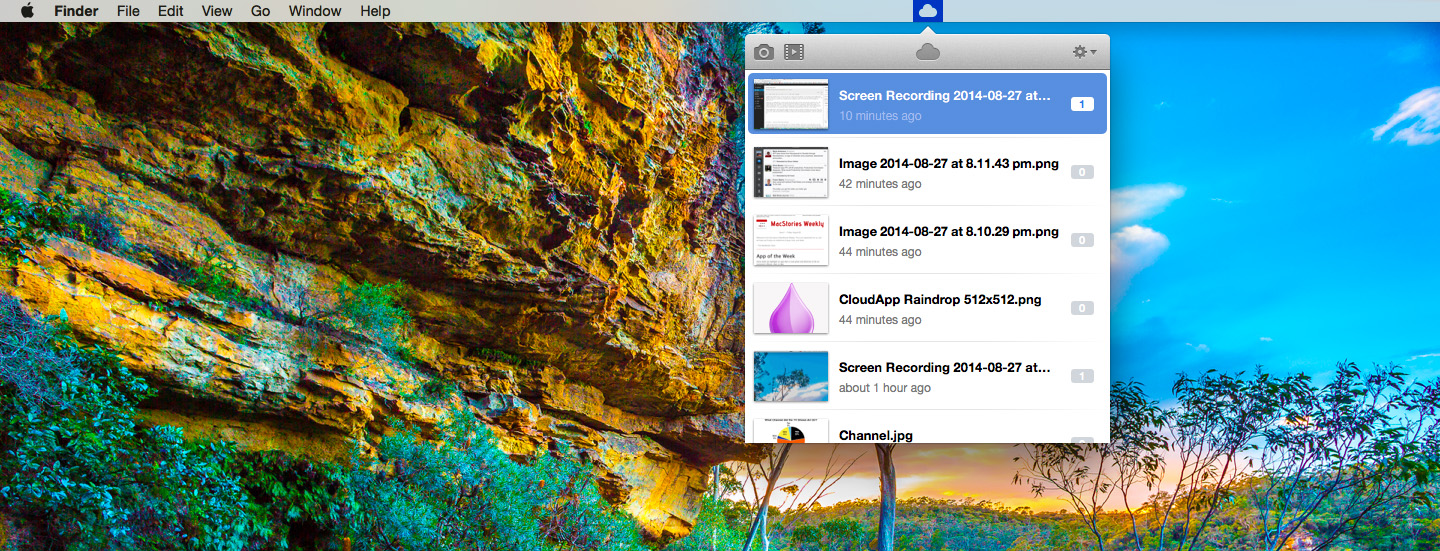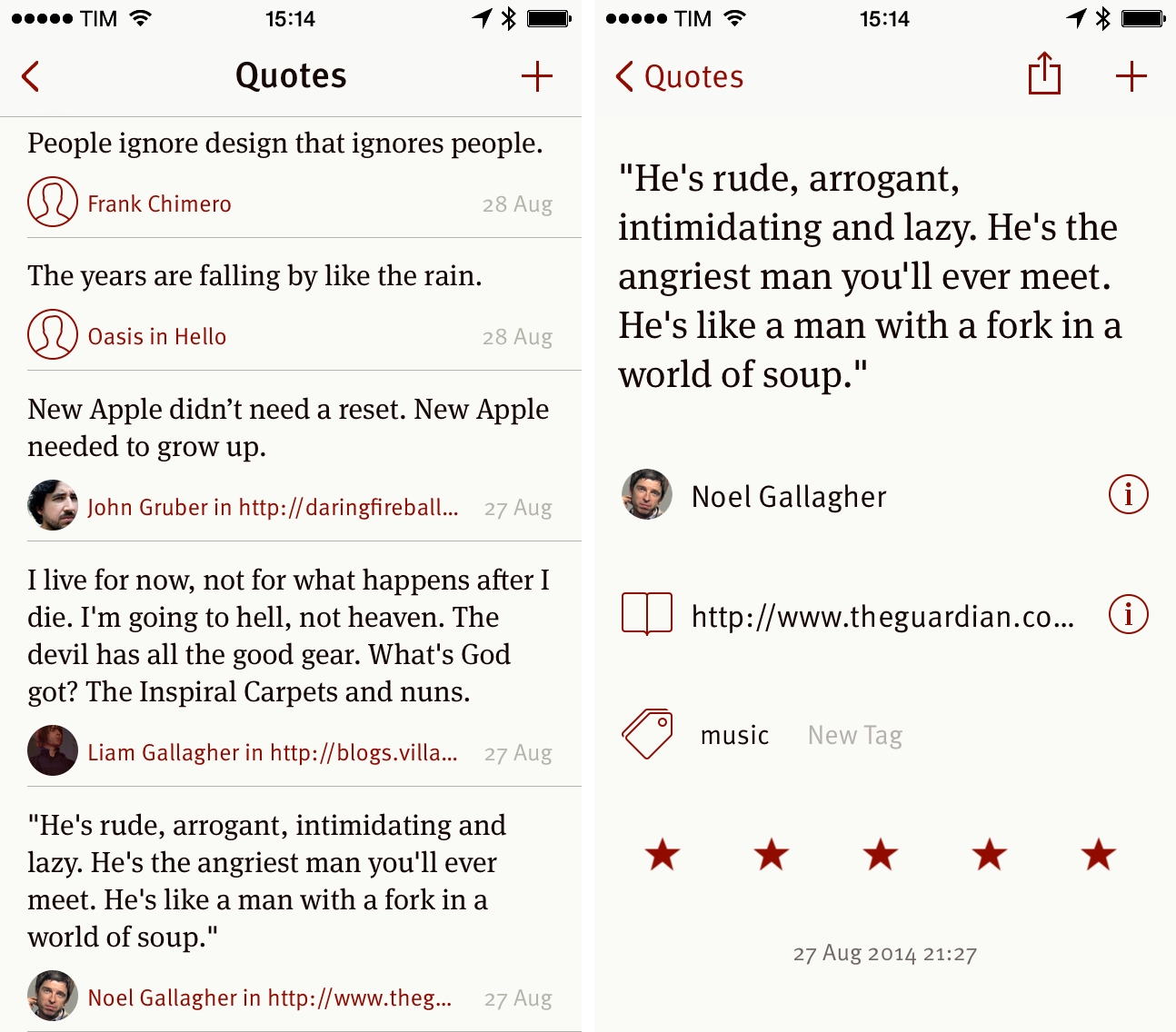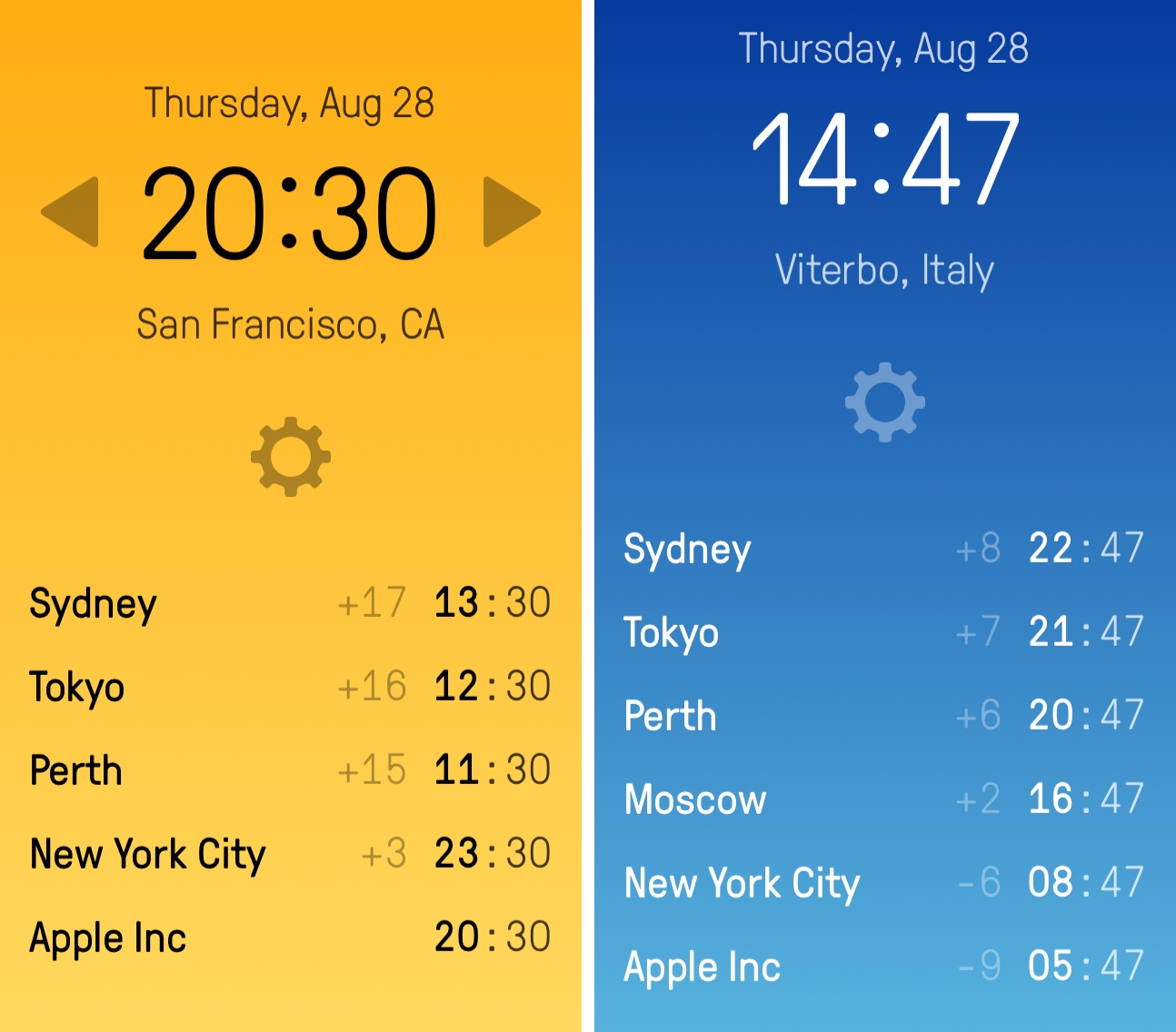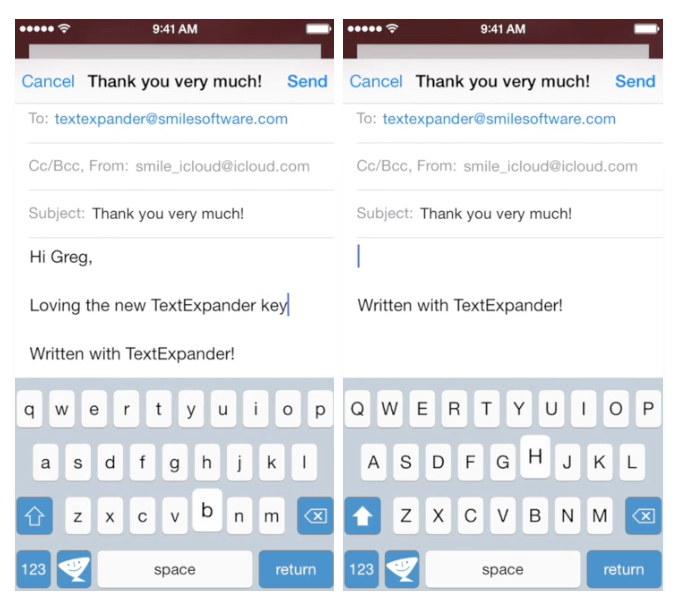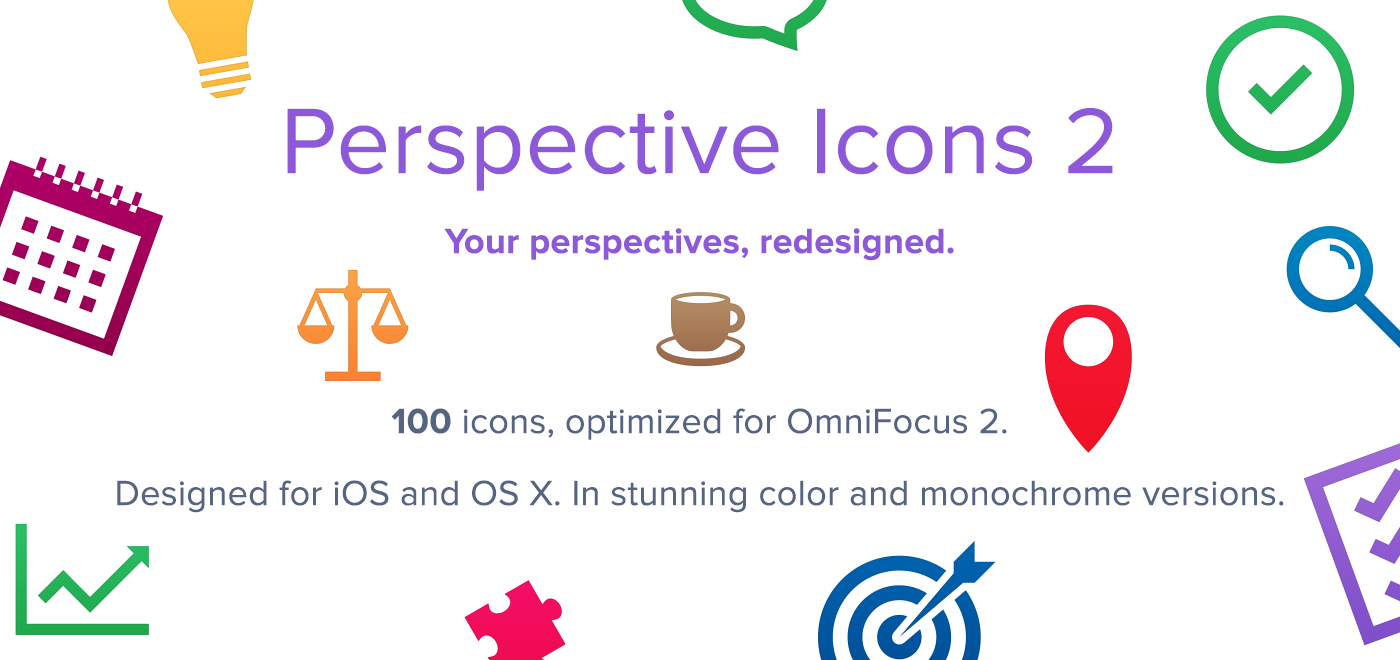CloudApp today launched version 3 of their Mac app and it comes with the addition of a new feature called CloudApp Motion. Behind the fancy name is actually the really useful tool of being able to record your screen and automatically upload a GIF version to CloudApp. Alongside the updated app, CloudApp have also announced CloudApp for Teams, which includes team pricing plans and custom features.
CloudApp 3 for Mac Brings Effortless GIF Screen Recording, Support for Teams
Connected: The Pasta and The Pizza and The Sauce→
This week, Federico, Myke and Stephen follow up on the history of the iPod, then discusses software and hardware that are helping them get in better shape.
On this week’s episode of Connected, I briefly touch upon the launch of Perspective Icons 2, then, after some follow up, we talk about how wearables and iOS apps are helping us achieve healthier lifestyles.
The story about the apps I’ve been using for the past couple of months will become a longer article/series for the site, but, in the meantime, you can get the episode here.
This episode of Connected is sponsored by:
- Blogo: Blogging made easy
- OmniGraffle from The Omni Group
- Igloo: An intranet you’ll actually like, free for up to 10 people.
Quotebook 3 Brings New Design, Revamped Management of Authors and Sources
Quotebook, developed by the folks at Lickability, has long been my favorite app to save and archive quotes and passages on the iPhone and iPad. Over the years, I’ve tried several solutions to store quotes – I started with Markdown archives in plain text, moved to Evernote, and recently began using Instapaper Highlights, also connected to Evernote with IFTTT – but Quotebook kept striking me as one of those purposeful, well-considered apps that perform one task exceptionally well. I was especially satisfied when I realized that Quotebook had native Instapaper integration and could be connected to my feed reader of choice, Mr. Reader, to save quotes from RSS.
Yesterday, Lickability released version 3.0 of Quotebook as a free update on the App Store, bringing a new design, rewritten iCloud sync, and new features for quote creation and author navigation that make the app easier to use and better suited for large libraries of quotes and sources.
Time Zones Is a Clean and Effective Time Zone Converter
Developed by Jared Sinclair, Time Zones is a clean and nifty utility to see time zones at a glance without having to convert offsets between cities in your head. The app was released today on the App Store, and it’s free with a $4.99 In-App Purchase to remove ads.
The Technology Behind Hyperlapse→
Very early on in the development process of Hyperlapse, we decided that we wanted an interactive slider for selecting the level of time lapse. We wanted to provide instant feedback that encouraged experimentation and felt effortless, even when complex calculations were being performed under the hood.
This is a technical, but highly fascinating look at the technology Instagram used in Hyperlapse. Not as advanced as Microsoft’s research, but impressive for a mobile device.
TextBundle for Markdown→
An interesting initiative by Brett Terpstra and The Soulmen: TextBundle is a new file format to bundle Markdown files, metadata, and referenced images in a single file that multiple apps can exchange without asking for additional permissions due to Sandboxing on OS X.
From the website:
The TextBundle file format aims to provide a more seamless user expericence when exchanging Markdown files between sandboxed applications.
Sandboxing is required for all apps available on the Mac and iOS app store, in order to grant users a high level of data security. Sandboxed apps are only permitted access to files explicitly provided by the user - for example Markdown text files. When working with different Markdown applications, sandboxing can cause inconveniences for the user.
Here’s Brett’s explanation:
The Textbundle format is very simple. A folder containing a plain text file, a JSON data file, and an assets sub-folder. An app, such as Ulysses, can write a Textbundle out and pass it to Marked, and all of the necessary components are automatically included. Images, additional text files, and any metadata needed are all there and safe from sandboxing restrictions.
What’s especially intriguing is metadata support: with TextBundle, all kinds of information could be stored in the file and passed across devices and platforms:
This means that data such as revision history, writing statistics, and all kinds of things we haven’t imagined yet can be stored with a file that can move across folders, entire machines, and even platforms.
For new formats to work, they need to be ubiquitous; for Markdown formats to work, they need to be supported by the community of developers who make text editors. Right now, Ulysses III and Marked 2 have added support for TextBundle; developers can check out the official spec here.
What Is a Card?→
Khoi Vinh has a great introduction to software cards for presentation and rich content:
Even as the notion of cards as the next big software interaction paradigm continues to gain momentum, it hasn’t gotten much easier to explain to the uninitiated what, exactly, a card is. When asked this question, I find it hard not to ramble on at great length, and even harder to avoid using technical jargon, which usually produces diminishing returns in conversations with “normal people.”
Make sure to check out his Pinterest board for screenshots of card UIs and see what they actually look like.
While I don’t rely on many card-based apps or web services, I do believe that Twitter cards are largely underrated and ignored by people who use third-party Twitter clients, which can’t display cards.
In my limited experience, setting up a MailChimp card for our MacStories Weekly newsletter doubled our number of subscribers thanks to its design and ease of use. With Twitter Cards, the link I shared appeared as a card inside Twitter timelines with an interactive signup form to subscribe with one click.
That’s a powerful idea, potentially applicable to hundreds of web services and publishers that are sharing content on Twitter. I’m definitely planning to explore cards more for MacStories.
Smile Announces TextExpander Custom Keyboard for iOS 8, Public Beta Program
Smile, makers of popular snippet expansion utility TextExpander and PDF editing tool PDFpen, have announced today that TextExpander touch, the company’s mobile version of the app for iPhone and iPad, will feature a custom keyboard on iOS 8, allowing users to expand snippets in any app.
Introducing Perspective Icons 2
Icons & Coffee – the side-project that I run with my girlfriend – has released a new icon set for OmniFocus 2 today. It’s called Perspective Icons 2 and it’s available here for an introductory price of $9.99. It contains 100 icons for custom perspectives in multiple colors and resolutions. Read more


